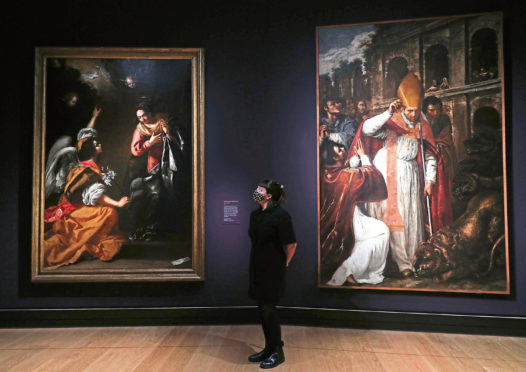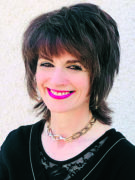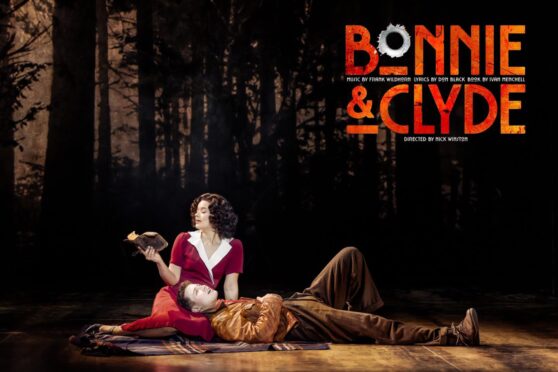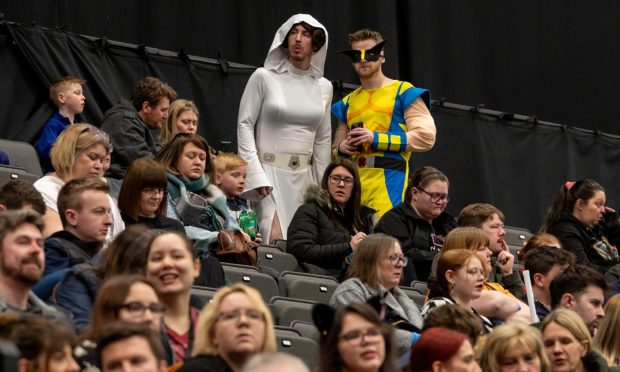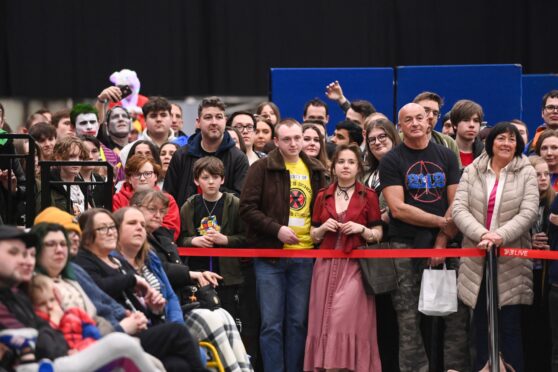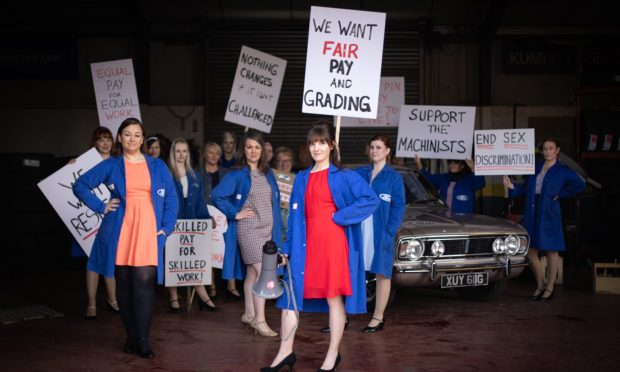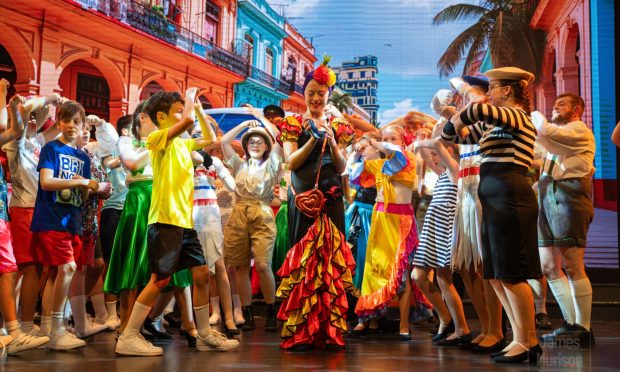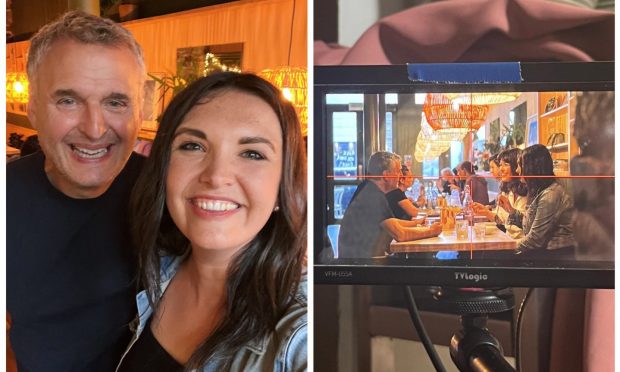As an interviewer, my heart used to sink when it was politician time. Fine for news stories but as a feature writer, their robotic mini-lectures left me cold.
I understood their look of glazed fear and terror of deviating from policy number 1, subsection A, paragraph 4, clause 2 but as human interaction goes, it was like trying to find a pulse in a Dalek. Favourite interviewees? No hesitation: artists.
Strange since I started out in my interviewing career avoiding them, terrified of my ignorance about their expertise. Until I realised it didn’t matter.
I wasn’t writing about them as artists; I was writing about them as people. And as people, they were fascinating: usually quirky, unconventional, flawed, sometimes tortured and often unguarded because they didn’t care what you thought of them.
I hoovered them up as fast as I could persuade them to sit in a chair: John Bellany, Peter Howson, Jack Vettriano, Tracy Emin…
It is not just the product that is so fascinating in art – the painting, the book or the sculpture – but the creative process that leads there. It’s the pathways of thought, the cry of humanity, the view of the world reflected in the finished artefact. The ability to think differently to others.
So there was something intriguing about reading the rave reviews about the new National Gallery exhibition in London of a woman called Artemisia Gentileschi, an Italian baroque painter born in the 16th Century who should, apparently, have become the Beyonce of her day.
It has taken 400 years but Gentileschi is finally centre stage. According to critics, she should be among the household names.
The lack of famous female artists is partly for obvious reasons: the different educational, social and domestic restraints on women that made it difficult for them to pursue their creative talents.
But there’s also the fact they are not taken as seriously as men – even by themselves. In a study of American art students, 40% of male artists thought their work unique; only 17% of female artists did. Did the men have bigger talents or bigger egos?
This is, though, also about the creative infrastructure, the values we judge things by, which are traditionally masculine.
My favourite example is the late writer, VS Naipaul, who said women were not great writers because their vision was narrow, while men’s was expansive. But that depends whether you value the macro or the micro – and who decides that?
You might as well say men will never be great writers because they cannot observe the minutiae of life, the internal dynamics of relationships, in the way women can. They’re too busy playing in some fantasy territory.
All of which leads to the reason Artemisia Gentileschi is so interesting.
Her paintings reflect a different world view from male painters of her day. In her book about art history, American artist Judy Chicago writes: “Much of the work of women possesses… a set of values and a perception of reality that differs fundamentally from the dominant perspective of our culture.”
In other words, the male one.
In art, men are often observers of women. In Gentileschi’s work, they are voyeurs.
In “Susannah and the Elders”, two old lechers pester young Susannah, who turns away with a look still recognisable to any 21st Century woman. But it is her bloody and violent depiction of Judith killing Holofernes, an enemy of the Israelites in the Old Testament, that shocks.
Judith has a female accomplice helping her hold down the mighty but bloodied Holofernes. Their expressions hold a grim, dispassionate resolution: women have combined their strength to achieve their end.
Critics have speculated the painting is partly influenced by Gentileschi’s life story.
The daughter of a painter called Ozario, a friend of Caravaggio, Gentileschi was trained by an artist called Agostino Tassi, who raped her when she was just 17.
The case, infamous in its day, came to court and Gentileschi was tortured to “test” the veracity of her testimony. Tassi, of course, was not and merely watched proceedings.
We are all a product of our experiences. For artists, personal experiences become part of their creative process, an inspiration and a drive and it would be hard to imagine that Gentileschi’s experiences, her world view, would not influence her canvases.
Not so hard to imagine that because of her gender, those paintings would be downplayed and remain uncelebrated.
Until now. The reviewers are united, with one male critic saying it’s the most thrilling exhibition he has ever seen at the National Gallery.
What is truly thrilling is to see a woman who, given the conventions of her time, is so daring in her perspective. I wonder what she would make of it all: the reviews, the recognition, the admiration.
All too late. I wish that she were here to see it. And I wish I could sit her down in the interviewee chair to find the – inevitable – common ground between women of the 16th Century and those of the 21st.
